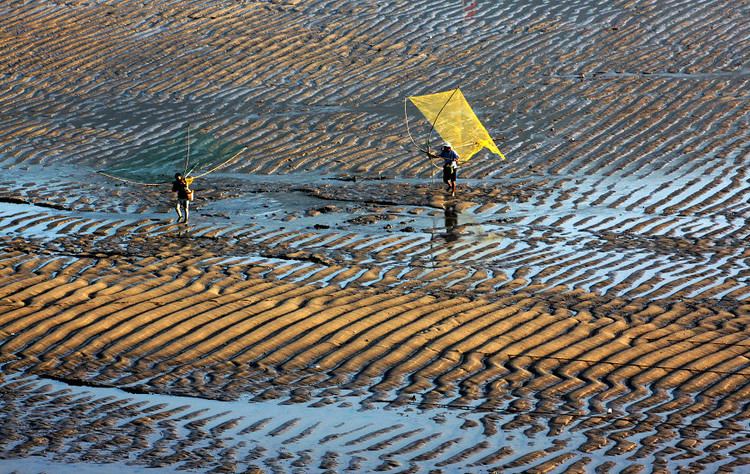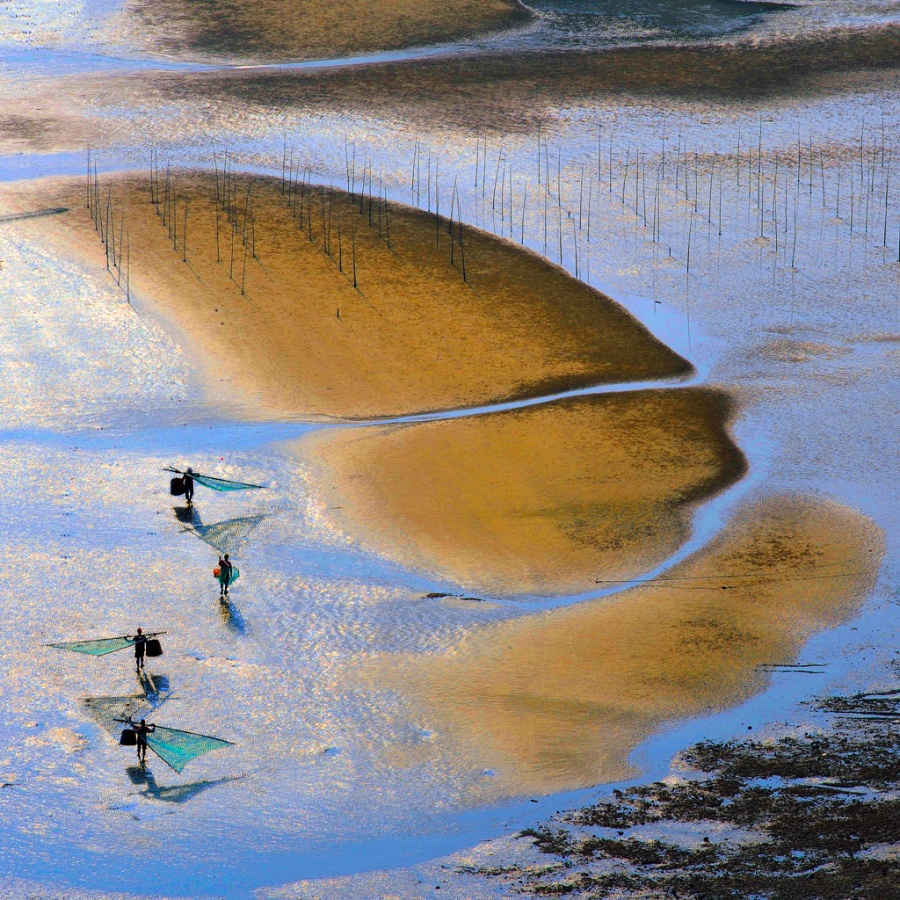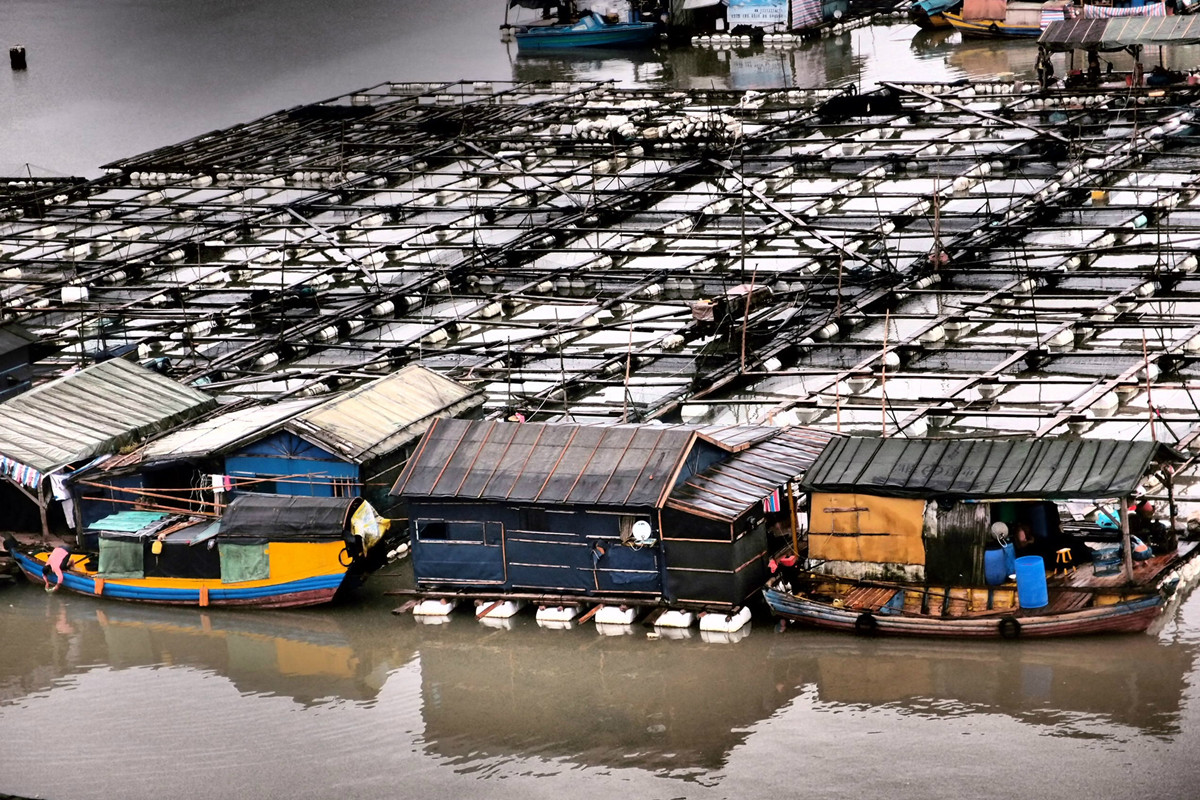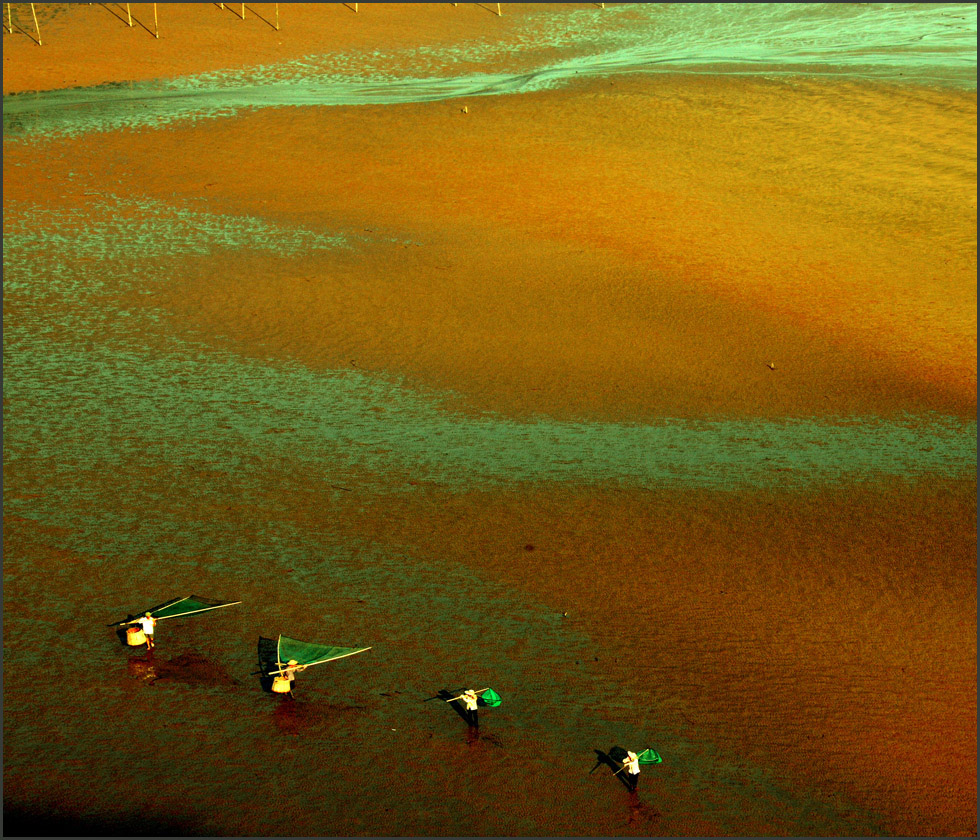Air China International Corp., China’s national carrier, has launched non-stop flights between Washington Dulles International Airport and Beijing Capital International Airport from June 10 2014. It is the first direct service between the two national capitals offered by China’s carrier (United Airlines has opened the direct flights since 2007). The company is scheduled to offer four round-trip flights every Monday, Tuesday, Thursday and Sunday, departing from Beijing as CA817, served by a Boeing 777-300ER aircraft.
On June 10, Cui Tiankai, Chinese Ambassador to United States, Anthony c. McAuliffe, Governor of Virginia, Hoskins, Deputy Mayor of Washington, DC, and Wang Yinxiang, Vice Chairman of Air China attended the maiden flight ceremony. The flight CA817 left Beijing at 12:45 p.m. (Beijing time) and arrived at 14:35. (Washington time) on the same day. The return flight CA818 departed Washington at 17:00 p.m. and arrived at Beijing Capital International Airport at 18:40 p.m. the next day.
Washington, DC is the seventh city in North America offered direct service by Air China after New York, Los Angeles, San Francisco, Houston, Hawaii and Vancouver. With the new nonstop service, both Beijing and Washington, DC are expected to see more sightseeing and business travelers. It is bound to promote the trade and business interaction and cooperation between the two metropolis.
The United States is a popular travel destination for more and more Chinese. While China is also an attractive Eastern nation among numerous Americans. Beijing, the capital city and cultural center of China, is the most unmissable destination in the country, and world famous for its history and Culture. when touring in China, allow yourself at least 2 two days to visit the Great wall, Forbidden City, Summer Palace, Temple of Heaven, Hulong with courtyards, taste Beijing roast duck and many other specialties, and take in amazing Beijing culture like Pecking opera, Chinese painting and calligraphy.
(Read more about China Great Wall: http://www.easytourchina.com/scene-v1-the-great-wall)
Washington, DC is the seventh city in North America offered direct service by Air China after New York, Los Angeles, San Francisco, Houston, Hawaii and Vancouver. With the new nonstop service, both Beijing and Washington, DC are expected to see more sightseeing and business travelers. It is bound to promote the trade and business interaction and cooperation between the two metropolis.
The United States is a popular travel destination for more and more Chinese. While China is also an attractive Eastern nation among numerous Americans. Beijing, the capital city and cultural center of China, is the most unmissable destination in the country, and world famous for its history and Culture. when touring in China, allow yourself at least 2 two days to visit the Great wall, Forbidden City, Summer Palace, Temple of Heaven, Hulong with courtyards, taste Beijing roast duck and many other specialties, and take in amazing Beijing culture like Pecking opera, Chinese painting and calligraphy.
(Read more about China Great Wall: http://www.easytourchina.com/scene-v1-the-great-wall)





























